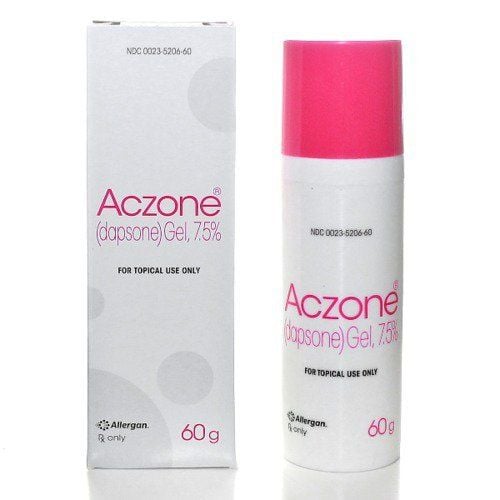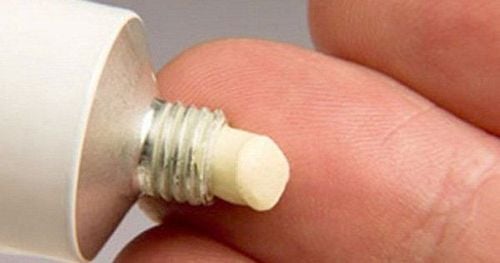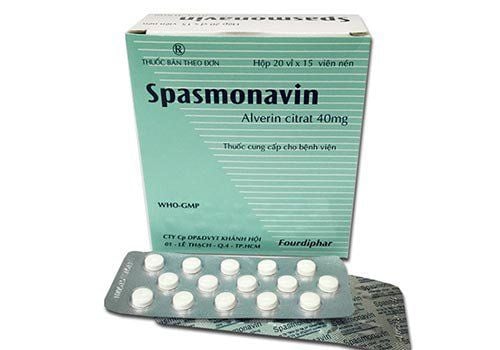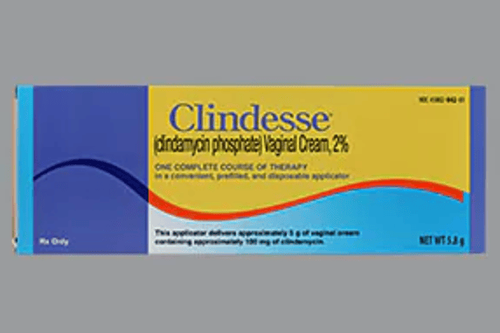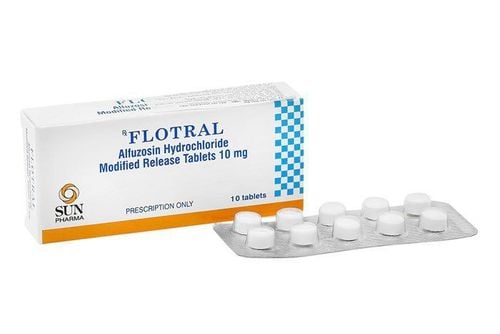This is an automatically translated article.
Clindoxyl has two main ingredients, Benzoyl Peroxide and Clindamycin, which are used in the treatment of acne. The article will provide information about the uses, dosage and notes when using Clindoxyl.1. What is Clindoxyl?
Clindoxyl contains two main ingredients, Benzoyl Peroxide and Clindamycin, which are used to treat acne. Benzoyl peroxide is a bactericide that works against the bacteria Propionibacterium acnes, which is involved in causing acne. Clindamycin is a lincosamide antibiotic used to treat acne and reduce skin damage caused by acne. The drug Clindoxyl works against bacteria and keeps the skin clean and clear.2. Clindoxyl side effects
Patients using Clindoxyl may experience undesirable effects including:Common: Dry skin . Uncommon: Itching, redness, skin rash, swelling or soreness at the site of application. Red skin.. Sunburn. Unusually warm skin. Frequency not known: Chest tightness. A cough. Difficulty swallowing. Dizzy . Heart beats fast. Itching, rash on the skin. Puffiness or swelling of the eyelids, swelling around the eyes, face, lips, or tongue. Shortness of breath. Unusual fatigue or weakness. Other side effects not listed may also occur in some patients. If the patient notices any other effects, contact the doctor or pharmacist.
3. Dosage and usage of Clindoxyl
Dosage:
Acne treatment: Adults and children 12 years of age and older, apply the drug once to twice a day. For children under 12 years of age, use and dosage must be determined by a physician. It is important to use this medication as directed. Do not use the medicine more, more often, and for a longer time than prescribed by your doctor, as it may cause skin irritation. Patients may notice the maximum effect of the drug after several weeks to months. Applying more medicine will not give faster effect. How to use:
Clindoxyl is for use on the skin only. Do not let the medicine get in your eyes, nose, mouth or vagina. Do not use the medicine on areas of skin with cuts or scrapes. If the medicine gets on these areas, wash it off immediately. How to use the medicine is as follows:
Wash your hands with soap and water before and after using the medicine. Before applying the medicine, wash the affected skin area with warm water and mild soap. Wash and dry. Apply a small amount of Clindoxyl to each affected area of skin (e.g. forehead, chin, cheeks, chest, shoulders) and gently rub in. Do not apply the medicine to your hair or to any colored fabrics because it has a bleaching effect.
4. Notes when using Clindoxyl
Patients should inform their doctor if they have ever had any unusual reactions to Clindoxyl or any other medicines, including allergies to foods, dyes, preservatives. For over-the-counter products, read labels or packaging ingredients carefully. The presence of certain medical problems may affect the use of Clindoxyl. Tell your doctor if the patient has any of the following medical problems: Stomach or bowel problems (eg, antibiotic-associated colitis, pseudomembranous colitis, inflammatory bowel disease) , ulcerative colitis). Clindoxyl may make the skin more sensitive to sunlight. Use sunscreen when outdoors. Avoid sunlight and wear protective clothing, such as a hat. If you have severe swelling, difficulty breathing or any allergic reaction to Clindoxyl, see your doctor right away. Do not use any other medication on the treated skin area without consulting your doctor. Avoid using any skin care products that can dry or irritate the skin. Children: Safety and effectiveness in children under 12 years of age have not been established. Lactation: Benzoyl Peroxide: Studies in women suggest that Benzoyl Peroxide may pose minimal risk to the infant when used during breast-feeding. Clindamycin: There are no adequate studies to determine the risk in the infant when clindamycin is used during breast-feeding. Weigh the benefits against the possible risks before taking Clindoxyl while breastfeeding. Store Clindoxyl in an airtight container at room temperature, away from heat, moisture and direct light. Keep out of reach of CHILDREN.
5. Drug interactions
Concomitant use of Clindoxyl with some drugs may occur interactions. In these cases, the doctor may change the dosage or change the medication if necessary. When you are taking Clindoxyl, it is important to tell your doctor about all medications you are taking. The following are interactions to watch out for when using Clindoxyl:
Erythromycin : Using Clindoxyl with erythromycin is generally not recommended, but may be required in some cases. If both medicines are prescribed together, your doctor may adjust the dose or frequency of one or both of them. Atracurium, Metocurine, Tubocurarine: Using these drugs with Clindoxyl may increase your risk of certain side effects. If these medicines are prescribed together, your doctor may change the dose or frequency of the medicine. The article has provided an overview of the drug Clindoxyl. The information above cannot replace a physician's instructions. Patients should contact their doctor or pharmacist for advice before use.




